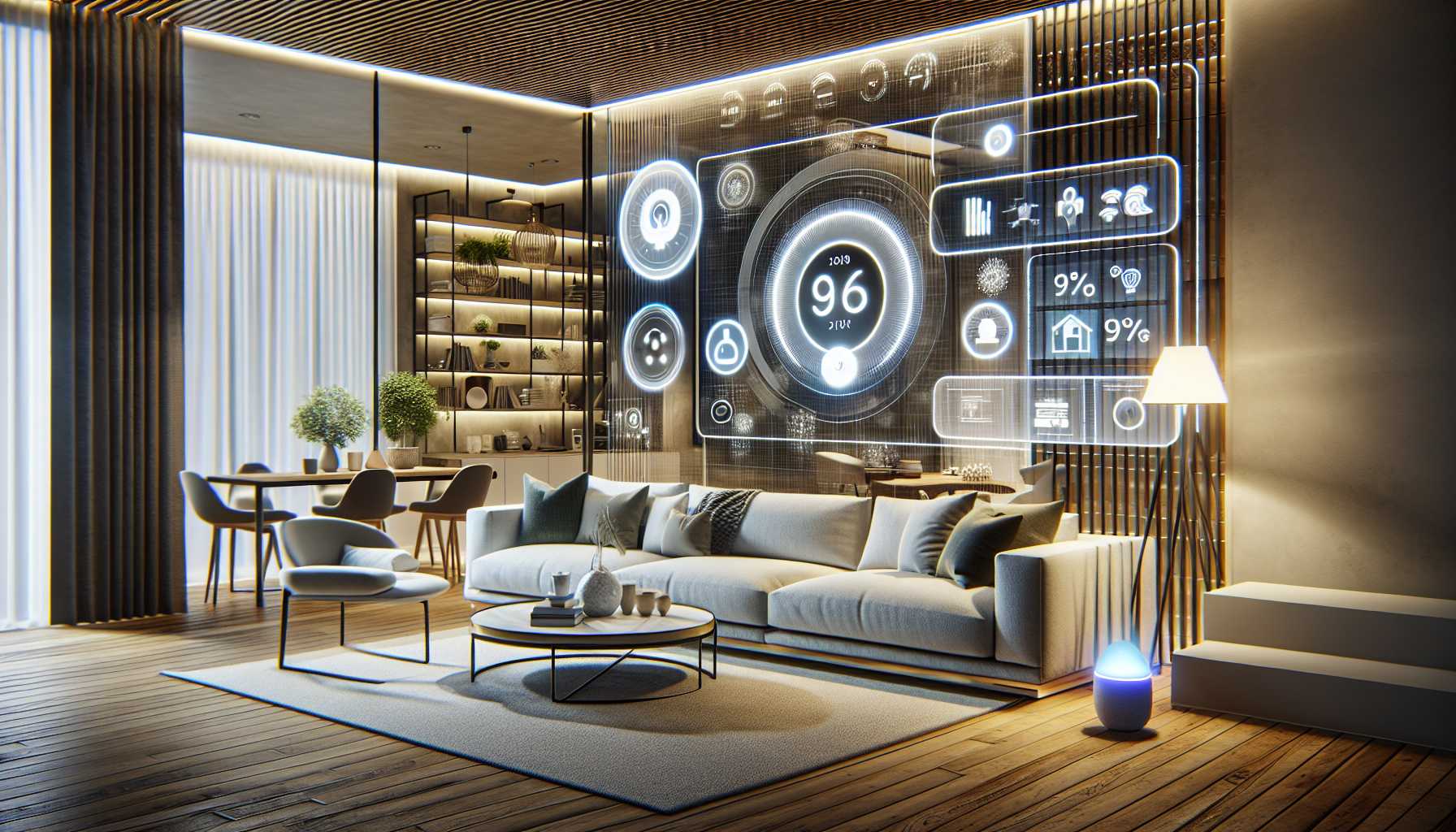Home Automation Adoption in Germany: A Growing Trend
Current Adoption Rates
According to a 2022 study by Statista, **14.4% of households in Germany** reported using a smart home system. This represents a significant increase from previous years, indicating a growing trend towards home automation adoption. It’s important to note that this figure includes both basic and advanced systems. Basic systems typically involve individual smart devices, such as smart lights or thermostats, while advanced systems offer more comprehensive control and integration of various devices and appliances.
Factors Driving Adoption
Several factors are driving the adoption of home automation systems in Germany:
- Increased affordability: Smart home devices are becoming more affordable, making them accessible to a wider range of consumers.
- Growing awareness of benefits: Consumers are becoming increasingly aware of the benefits of home automation, such as convenience, energy efficiency, and enhanced security.
- Technological advancements: Advancements in technology, such as the development of voice assistants and the Internet of Things (IoT), are making home automation systems more user-friendly and versatile.
Regional Variations
While the national average for home automation adoption in Germany is 14.4%, there are some regional variations. For instance, the adoption rate is higher in urban areas compared to rural areas. This is likely due to factors such as greater access to technology and higher disposable income in urban centers.
Future Outlook
The future of home automation in Germany looks bright. The market is expected to continue growing in the coming years, driven by factors such as increasing affordability, technological advancements, and rising consumer demand. It is estimated that by 2025, over 20% of German households will have a home automation system.
Conclusion
Home automation is rapidly gaining traction in Germany, with over 14% of households already using smart home systems. This trend is expected to continue in the coming years, driven by factors such as affordability, technological advancements, and consumer demand. As home automation systems become more sophisticated and user-friendly, we can expect to see even greater adoption rates in the future.

